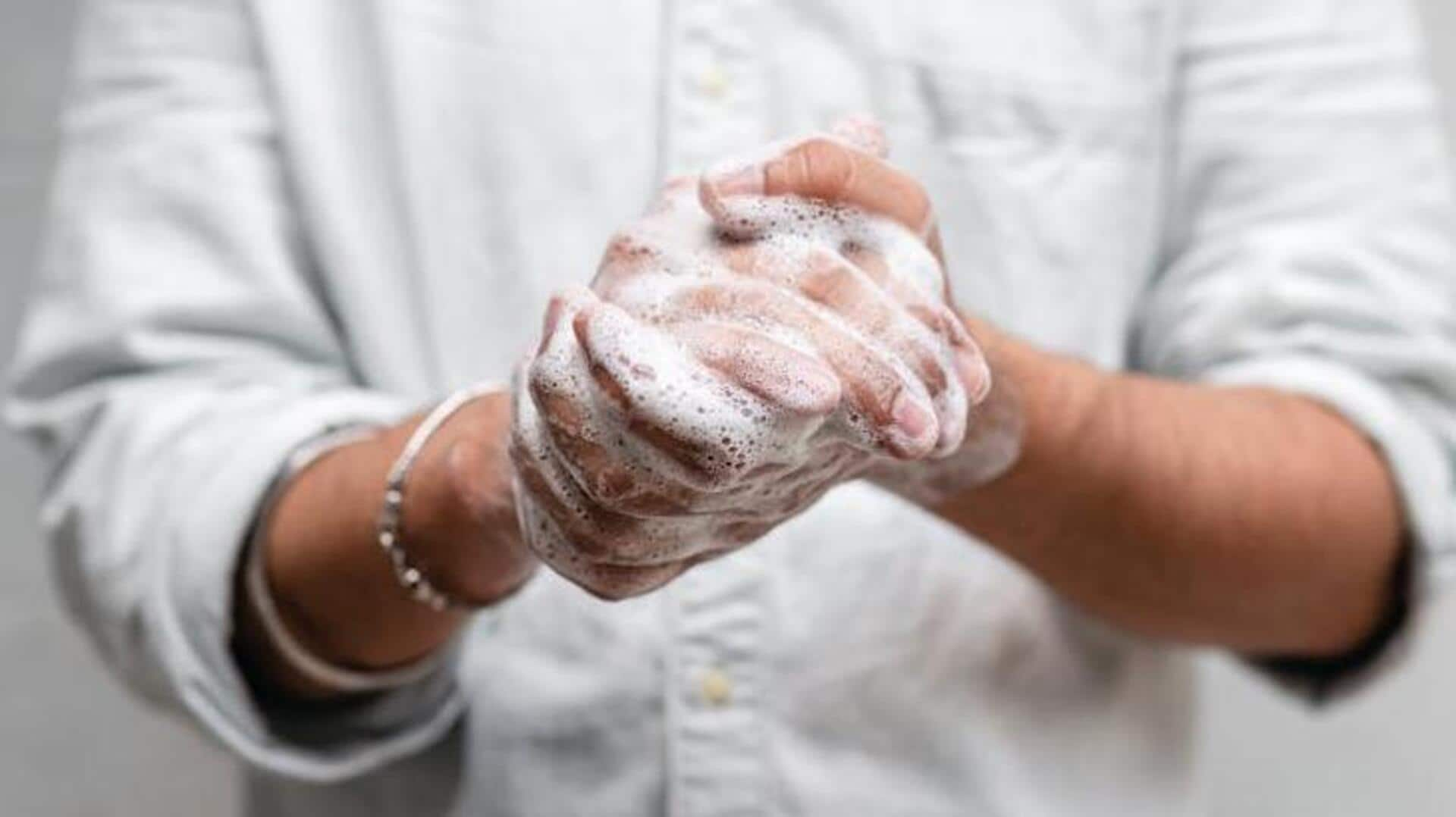
Don't believe the hype: Hygiene myths exposed
What's the story
Hygiene is crucial for maintaining good health, but misconceptions can lead to ineffective practices.
Many people follow hygiene routines based on myths rather than facts, which can sometimes do more harm than good.
Understanding the truth behind these myths can help improve personal and public health.
Here are five common hygiene myths debunked to guide you toward healthier habits.
Myth 1
Hand sanitizers are always effective
Many believe that hand sanitizers are a foolproof substitute for washing hands with soap and water.
While sanitizers are convenient, they fail to kill all kinds of germs. Soap and water are more effective at washing off certain bacteria and viruses from hands.
It is better to use hand sanitizers only when soap and water are unavailable.
Myth 2
Antibacterial soaps are superior
The notion that antibacterial soaps provide greater protection than normal soap is common.
But research has indicated that antibacterial soaps are not more effective at preventing illness than plain soap and water.
Overusing antibacterial products may lead to antibiotic resistance, hence it is best to use them sparingly.
Myth 3
Showering daily is necessary
While many believe that showering every day is a must for cleanliness, that's not always the case for everyone.
Daily showers can wash away natural oils from the skin, which can result in dryness or irritation.
The frequency of showers should rather depend on individual lifestyle factors, like how active a person is and what climate conditions they live in.
Myth 4
Toilet seats are major germ spreaders
The common myth is that toilet seats are the biggest carriers of germs. However, they are less risky than other surfaces such as door handles or mobile phones.
Frequently touched surfaces in bathrooms need to be cleaned regularly than just concentrating on toilet seats, to prevent the spread of germs.
Myth 5
Air dryers spread more germs than paper towels
Many think air dryers in public restrooms spread more germs than paper towels. However, research indicates both drying methods have their pros and cons.
The main factor in minimizing germ transmission is not the drying method used, but the effectiveness of the hand drying technique employed.
Properly drying hands is crucial, regardless of whether paper towels or air dryers are used.